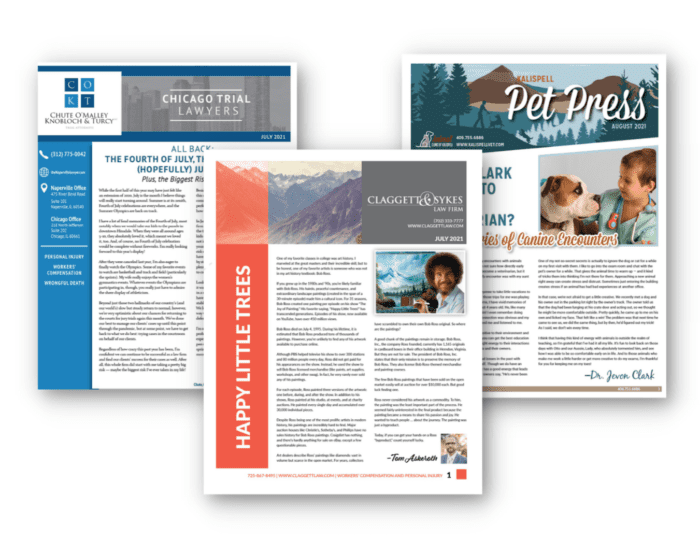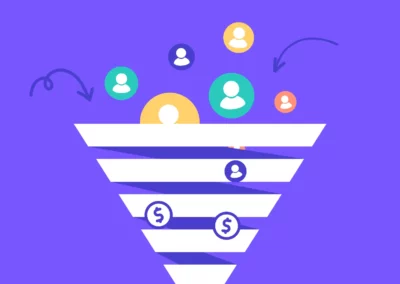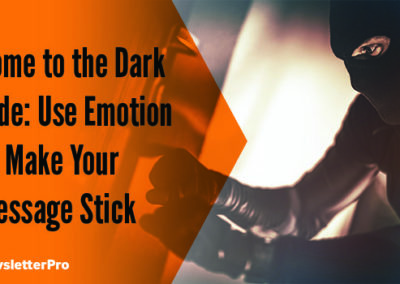In today’s competitive landscape, leveraging data-driven sales strategies is crucial for creating impactful newsletters that engage your audience and drive conversions. By understanding and utilizing sales metrics, you can tailor your content to meet the needs and interests of your readers. In this article, we will explore how to use data-driven sales strategies to develop newsletters that not only inform but also convert.
Understanding Data-Driven Sales Strategies
Data-driven sales strategies involve the use of data to guide your decision-making processes. This approach allows you to make informed decisions based on actual performance metrics rather than relying on intuition or guesswork. By grounding your strategies in data, you reduce the risk of making costly mistakes and increase the likelihood of achieving your sales goals.
It is essential to track and analyze key sales metrics to ensure your strategies are effective. By doing so, you can identify what is working well and what needs adjustment, allowing you to optimize your approach continuously. Data-driven strategies provide a clear roadmap for improving your sales performance and achieving better results over time.

Key Sales Metrics to Track
To implement data-driven sales strategies, you need to focus on specific sales metrics that provide valuable insights into your sales performance. These metrics include:
- Conversion Rate: The percentage of newsletter recipients who take a desired action, such as making a purchase or signing up for a webinar. This metric helps you understand how effective your content is at driving actions that contribute to your sales goals.
- Open Rate: The percentage of recipients who open your newsletter. A high open rate indicates that your subject lines and sender reputation are compelling enough to entice recipients to view your content.
- Click-Through Rate (CTR): The percentage of recipients who click on links within your newsletter. A high CTR suggests that your content and calls-to-action are engaging and relevant to your audience.
- Bounce Rate: The percentage of emails that could not be delivered to the recipient’s inbox. A high bounce rate can indicate issues with your email list quality or technical problems with your email delivery.
- Unsubscribe Rate: The percentage of recipients who opt out of receiving future newsletters. Monitoring this rate helps you understand how well your content is resonating with your audience and whether you need to make adjustments to retain subscribers.
By regularly monitoring these metrics, you can identify trends and areas for improvement in your newsletter campaigns. This ongoing analysis enables you to make data-driven decisions that enhance the effectiveness of your newsletters.
Crafting Compelling Content
Once you have gathered and analyzed your sales metrics, the next step is to use this data to create compelling content for your newsletters. Here are some tips on how to do this effectively:
Personalization
Personalization is key to capturing the attention of your audience. Use data to segment your email list based on factors such as purchase history, browsing behavior, and demographic information. This allows you to tailor your content to the specific interests and needs of each segment, increasing the likelihood of engagement.
By delivering personalized content, you can create a more relevant and engaging experience for your readers. Personalization can include using the recipient’s name, recommending products based on past purchases, or providing content that aligns with their interests. This approach not only increases engagement but also fosters a stronger connection with your audience.
Creating Engaging Subject Lines
Your subject line is the first thing recipients see, so it needs to be enticing. Use data from previous campaigns to identify which types of subject lines have the highest open rates. Experiment with different approaches, such as asking questions, using numbers, or creating a sense of urgency.
A/B testing different subject lines can provide valuable insights into what resonates best with your audience. For instance, you might find that subject lines with emojis perform better, or that those highlighting special offers generate higher open rates. Continuously refining your subject lines based on data will help you maximize your open rates.
Providing Value
Ensure that your newsletter content provides real value to your readers. Use data to understand what types of content resonate most with your audience. This could include educational articles, product recommendations, special offers, or industry news. The goal is to establish your newsletter as a valuable resource that readers look forward to receiving.
By focusing on providing value, you can build trust and credibility with your audience. When readers see that your newsletters consistently offer useful and relevant information, they are more likely to engage with your content and take the desired actions. This approach not only enhances engagement but also strengthens your relationship with your subscribers.

Optimizing Newsletter Design
The design of your newsletter plays a crucial role in its effectiveness. A well-designed newsletter not only looks professional but also enhances the readability and engagement of your content.
Mobile Optimization
With a significant number of users accessing emails on mobile devices, it’s essential to ensure your newsletters are mobile-friendly. Use responsive design techniques to ensure your content looks great on all screen sizes. Test your newsletters on various devices to confirm they are easy to read and navigate.
Mobile optimization is critical for maximizing engagement. If your newsletter is difficult to read or navigate on a mobile device, recipients are likely to abandon it quickly. By prioritizing mobile-friendly design, you can ensure a positive user experience and increase the likelihood of your content being consumed.
Visual Elements
Incorporate visual elements such as images, infographics, and videos to make your newsletters more engaging. Visual content can help break up text and make your newsletters more visually appealing. Use data to determine which types of visual content are most effective in capturing your audience’s attention.
Visual elements can significantly enhance the appeal of your newsletters. Infographics can help convey complex information in an easily digestible format, while videos can provide a dynamic and engaging way to present your content. By using visual content strategically, you can make your newsletters more engaging and memorable.
Clear Call-to-Actions (CTAs)
Your newsletters should include clear and compelling CTAs that guide your readers towards the desired action. Use data to identify which CTAs have the highest click-through rates and optimize their placement within your newsletter. Make sure your CTAs stand out visually and are easy to click on both desktop and mobile devices.
CTAs are crucial for driving conversions. Experiment with different wording, colors, and placements to see what works best for your audience. By continually optimizing your CTAs based on data, you can increase the likelihood of readers taking the desired action, whether it’s making a purchase, signing up for an event, or downloading a resource.
Testing and Analyzing Performance
Implementing data-driven sales strategies requires continuous testing and analysis to ensure your newsletters are performing optimally. Here are some key steps to follow:
A/B Testing
A/B testing involves creating two versions of your newsletter with slight variations and sending them to different segments of your audience. This allows you to compare the performance of each version and identify which elements are most effective. Test different subject lines, content formats, CTAs, and design elements to optimize your newsletters.
A/B testing is a powerful tool for refining your newsletters. By testing different elements, you can gain insights into what resonates best with your audience and make data-driven decisions to improve your content. This iterative process helps you continually enhance the effectiveness of your newsletters.
Analyzing Results
Regularly analyze the performance of your newsletters using the key sales metrics mentioned earlier. Look for patterns and trends that can provide insights into what is working and what needs improvement. Use this data to make informed decisions and refine your strategies.
Analyzing your results allows you to understand the impact of your efforts and identify areas for improvement. By regularly reviewing your performance data, you can make adjustments to your content, design, and strategy to ensure your newsletters are as effective as possible.
Continuous Improvement
Data-driven sales strategies are not a one-time effort but an ongoing process. Continuously gather and analyze data to stay informed about your audience’s preferences and behaviors. Use these insights to make iterative improvements to your newsletters, ensuring they remain relevant and effective over time.
Continuous improvement is key to long-term success. By staying informed and adapting your strategies based on the insights you gather, you can ensure your newsletters continue to engage your audience and drive conversions. This ongoing process helps you stay ahead of the competition and maintain the effectiveness of your campaigns.
Conclusion
Incorporating data-driven sales strategies into your newsletter development process can significantly enhance their effectiveness. By understanding and utilizing key sales metrics, crafting compelling content, optimizing design, and continuously testing and analyzing performance, you can create newsletters that engage your audience and drive conversions. Start leveraging the power of data today to take your newsletter campaigns to the next level.
Remember, the key to success is to stay informed and adapt your strategies based on the insights you gather. By doing so, you can ensure your newsletters remain a valuable and impactful tool in your sales and marketing arsenal.






